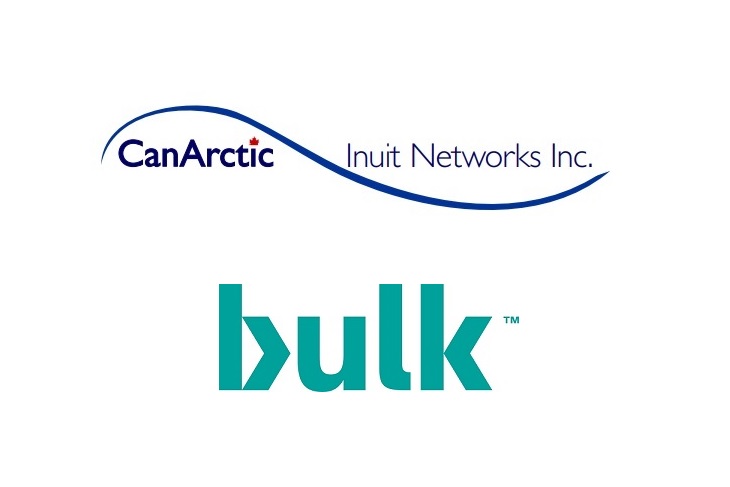
Collaboration will enable CanArctic to bring first fibre-optic network into Nunavut
IQALUIT — CanArctic Inuit Networks Inc. announced today it has signed a memorandum of understanding with Norway’s Bulk Fiber Networks A.S. to collaborate on joint infrastructure for their respective submarine fibre-optic cable systems landing in Happy Valley-Goose Bay, located in central Labrador.
As part of the agreement, the two companies will cooperate on the nearshore cable segment and the common landing point for their systems.
“CanArctic’s SednaLink cable will run 1,904 kilometres from Sheshatsui to Iqaluit with two branches serving Nunatsiavut communities, while Bulk’s Leif Erikson network will traverse 4,200 km of the North Atlantic to provide the shortest route between North America and the Nordics,” reads a CanArctic press release.
The companies will use existing terrestrial networks and build new networks “to provide the lowest latency network between Norway and Central Canada and enable CanArctic to create the first fibre optic network into Nunavut,” the release says.
“These new networks will provide high throughput and virtually unlimited bandwidth between the Nordics and Central Canada and enable CanArctic Inuit Networks to bring fibre-optic into Rigolet to serve the communities of Makkovik, Postville, Hopedale, Natuashish, Nain and the mine at Voisey’s Bay before heading north for 1,900 km to Iqaluit, enabling construction of its planned 2,960 km cable to the High Arctic, with possible extension to Thule Greenland.”
Merete Caubet, vice-president of sales and business development for Bulk Infrastructure A.S., said the company’s proposed Leif Erikson fibre network “would facilitate connectivity to areas with substantial surplus of renewable energy in data centres in Labrador and Quebec which would directly interface with the Nordic data centres already serviced by Bulk,” according to the press release.
“Many of the world’s largest social media companies and corporate enterprises have adopted zero-carbon footprints and the Leif Erikson project will enable us to utilize the massive hydro-electric surpluses of Quebec and Labrador with the ample hydro-electric resources of Norway,” Caubet added. “It’s a lot cheaper to transmit a kilobyte than a kilowatt.”
Doug Cunningham, CanArctic’s CEO, said the collaboration “offers the ability to share expertise and result in significant cost savings for both networks, which the Inuit owned company plans to pass on to its customers in Nunavut as part of its ‘utility cost of service’ model.”
CanArctic’s COO, Madeleine Redfern, said they are excited the collaboration will ensure their “networks can be built faster and cheaper resulting in reliable, stable, secure and more affordable internet connections into Inuit Nunangat as well as bringing vital redundancy to other fibre networks in three adjacent regions and backhaul for upcoming LEO constellations.”
The two companies are currently in discussions with several partners to construct terrestrial links between Happy Valley-Goose Bay and Montreal, the release says.
Phase two will extend CanArctic’s SednaLink backbone “into the High Arctic and Northwest Passage connecting the communities along the eastern and northern coasts of Baffin Island as well as the Baffinland Iron Ore Mine and Nanisivik naval facility in 2024-2025. During the same interval, spur lines will be laid westward into the Foxe Basin and Hudson Bay.”



